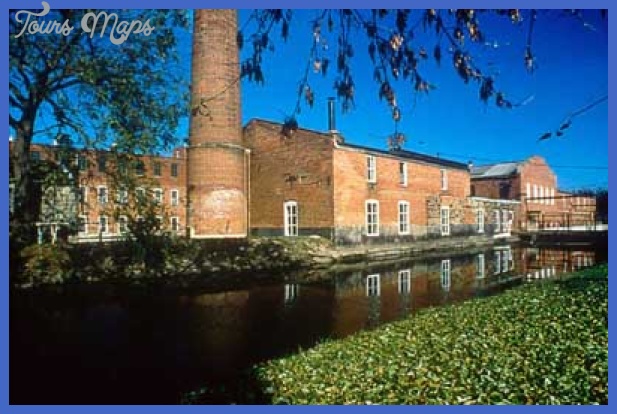Iowa cultural contributions
Latinos in Iowa have been active in celebrating and integrating their unique and varied culture since their first arrivals to the state. Religious celebrations, media productions, and popular culture festivals continue to provide a venue for community solidarity among Latinos as an ethnic minority in the state.
Religion
Mexican Catholicism has been part of Iowa since the movement of Latinos into the region during the nineteenth century. The strongest symbol of Mexican Catholicism is la Virgen de Guadalupe (the Virgin of Guadalupe), whose apparition was seen in Mexico City in 1531. La Virgen de Guadalupe has become a singular source of faith and unity for Latinos. Her appearances to Juan Diego are celebrated from December 9 to 12. In 1948 Our Lady of Guadalupe Chapel was build at 801 Scott Avenue, Des Moines, Iowa, and it was used for decades as a parish and a center of activity for Latinos. Mexican Catholicism is also a transmitter of culture ranging from traditional Latino weddings to baptisms, and the quinceanera, which is celebrated when Latina adolescents reach the age of fifteen within the Mexican community.
The origins of quinceanera are obscure, but it is likely a merging of indigenous and Christian religiosity that occurred after the conquest. And it has changed over the centuries. Traditionally, this rite of passage, for girls only, symbolized the age when a female accepted the Catholic Church as her faith and her entrance into womanhood. Today the celebration maintains its religious importance, but it also emphasizes a secular coming-of-age ritual. The celebration varies depending on the Latin American country or even the region of the United States. One major change from the past has been the willingness of churches to hold Spanish-only masses. Lastly, Latinos in the United States, including Iowa, for the last three decades have been leaving the Catholic Church for other denominations; however, most Latinos remain Catholic.
Spanish Language and Media
Over 90,000 Iowans age 5 and older in 2005 spoke Spanish at home. Among those who speak Spanish at home, more than half say they speak English very
well. Approximately 14,000 individuals were identified as English-language learners in Iowa’s public and private schools during 2006-2007. This represents a 124.2 percent increase from the 1999-2000 school year. Throughout Iowa there are dozens of different media that caters to the Latino population, ranging from newspapers to magazines to radio. For example, El Enfoque, from Perry, Iowa, is a sports and soccer magazine catering to the interest of Spanish-speaking Latinos. Traditional Spanish-speaking newspapers such as El Latino Newspaper cover a wide area that includes Council Bluffs, Central and Eastern Iowa, and Omaha. La Ley, KBGG 1700 AM, is a Spanish-language radio station based out of Urbandale, Iowa. VOCES, a biweekly Spanish newspaper, covers a large portion of eastern Iowa.
Popular Culture
The oldest Latino festival in Iowa is perhaps the Mexican fiesta held annually in Fort Madison. It is at least 102 years old. The first-recorded Mexican fiesta took place in 1906 in celebration of Mexican independence. Overall, this festival celebrates Fort Madison’s Latino heritage with food, music, dance, art, and fundraising for scholarships. Latino Iowans have also introduced such celebrations as Cinco de Mayo, which commemorates the Mexican army’s victory over the French on May 5, 1862, in the Battle of Puebla. Each year between September 15 and October 15 Latinos and other Iowans celebrate Hispanic Heritage Month.
notes
1. Most scholars and scientists attribute the origins and cultivation of corn to central Mexico. As such, maize has been one of the primary staples of Mexican diet for over 9,000 years. Ceneotl and Chicomeocoatl represent the God and Goddess of corn, respectively, and they were worshipped by various indigenous groups in Central Mexico. I use Chicomeocoatl metaphorically, in conjunction with the immigration/migration of Mexicans to the state of Iowa, which happens to be synonymous with the cultivation of corn in the United States.
2. The term Chicano was adopted by many U.S. citizens of Mexican ancestry who were actively involved in their communities. The indigenous roots of Chicanos allowed many to embrace their Indian past with honor. Not all Mexican Americans embrace this term.
Iowa Vacations Photo Gallery
Maybe You Like Them Too
- The Best Cities To Visit in The World
- World’s 10 Best Places To Visit
- Coolest Countries in the World to Visit
- Travel to Santorini, Greece
- Map of Barbados – Holiday in Barbados








